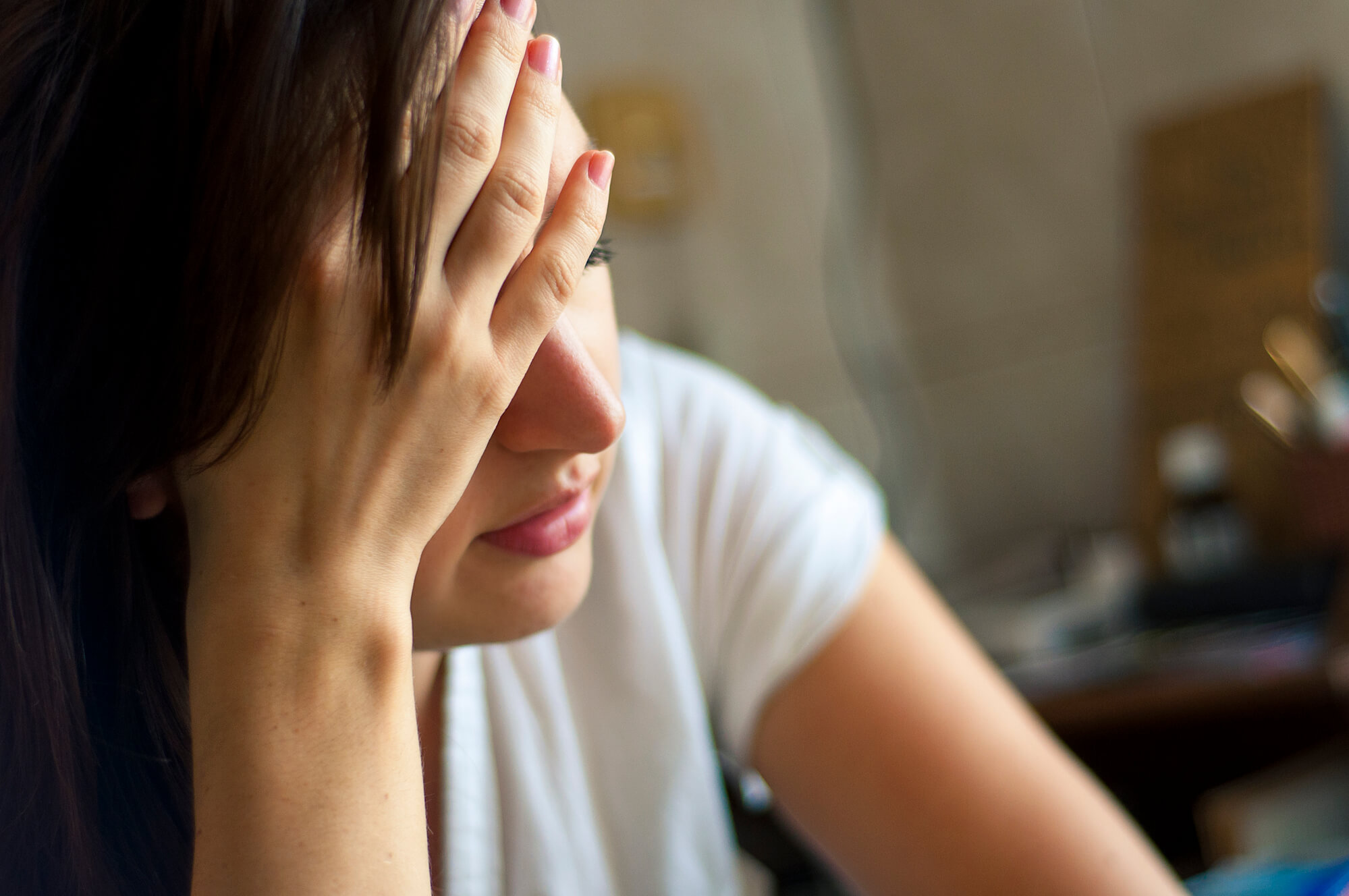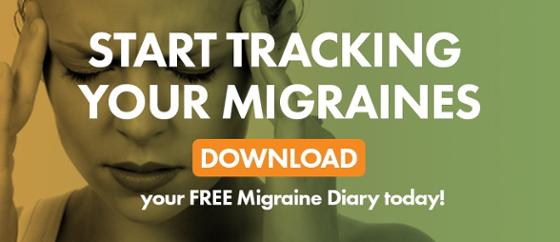
Chronic pain is draining, and migraines are no different. The repeated attacks of head pain, aura, and fatigue can drag you down until you feel completely submerged. However, there are things you can do to live and even thrive with chronic pain.
Here is a look at how we define chronic pain and some tips and techniques for improving your quality of life despite the challenges.
Defining Chronic Pain
Doctors define chronic pain as lasting longer than six months. Also, it must affect daily living.
Migraines certainly fit into that definition. Since chronic migraine is defined by the Cleveland Clinic as “…having at least 15 headache days a month, with at least 8 days of having headaches with migraine features, for more than 3 months,” migraine counts as a chronic pain condition.
Chronic pain, including migraines, keeps you from enjoying life to the fullest and can deprive you of physical or mental fitness. You can become depressed, tired, or anxious, while the need for a dark, quiet room can eventually reduce your mobility.
Most medical treatment is short-term at best. Over-the-counter medications and physical therapy may help for a while. Until medicine finds better ways to manage or ease migraine pain, or until surgery is accessible to you, some simple steps can help you regain some of the joy in life and keep your physical and mental health in tip-top shape.
Techniques for Living with Chronic Pain
There are lots of things to try as you find ways to feel better between migraine attacks. Some of these techniques can also help mitigate some migraine severity, which is always a welcome outcome.
Constructive Self Talk
When you hurt all the time, it’s easy for negative thoughts to set in. Learn to recognize when negative thinking starts and reverse it with positive thinking. Focus on the improvements you’ve made and plan to make. Remind yourself you are working for a more comfortable life. Change your perceptions so you can look forward instead of back.
Deep Breathing, Biofeedback, or Meditation
All three techniques help you slow down, reduce stress, and increase your oxygen intake.
Deep breathing involves imagining a spot just below your belly button and breathing into it until your abdomen expands. Allow your chest to expand last. Hold for a few seconds, then let all the air out like a balloon deflating.
Biofeedback teaches you to consciously control certain bodily functions through the use of sensors and sound or light. After placing the sensors, listen to the beeping or watch lights blinking that show your pulse, digestion, body temperature, and muscle temperature. Relax into your mind and learn to control the speed of your sensor apparatus's sounds, lights, or squiggly lines.
Meditation involves focusing on breathing and using a repeated word or phrase to help you control or ignore other thoughts for a few minutes. You sit comfortably and concentrate on breathing in and out while repeating a word or phrase that enables you to calm yourself.
Stress Reduction
Stress is a primary cause of migraine attacks for many sufferers. Depression, anxiety, and anger increase your pain sensitivity, multiplying the impact of your migraine.
Find ways to relax, such as:
- Listening to music or relaxation media
- Using guided mental imagery to create a calm, peaceful image in your mind
- Practicing progressive muscle relaxation
- Performing yoga or tai chi
Good posture reduces muscle stress, especially in the back, shoulders, and neck. And if you’re too busy, learn to delegate. Stop trying to do everything yourself.
Massage
There’s nothing like letting someone else take away the muscle pain and stress. Not only does a massage relax tense muscles, but you also benefit from therapeutic touch.
Exercise
Exercise boosts endorphins, brain chemicals that improve your mood and block pain signals. If you’ve ever floated out of the gym after a tough workout, you have felt the power of endorphins on your mood.
Exercise can also reduce weight, blood pressure, and blood sugar, all conditions that are often co-morbid with migraines.
You don't need to go to the gym or pay for a membership. Find movements you enjoy, like dancing in your living room to your favorite music or walking through the neighborhood daily.
Join a Support Group
Yes, misery loves company, but a group of people who understand precisely what you go through every day can help you feel less isolated from life. You gain a visceral understanding that you aren't the only person with migraines and chronic pain.
You also benefit from interacting with others and exchanging ways to cope with pain. A mental health professional can also help you avoid negative thinking.
Eat a Healthy Diet
The foods you eat can have significant effects on your body. Try to eat mostly fruits, vegetables, and fish or lean meats, and drink water or pure juice. Avoid salt, fats, and sugars so your body can get what it needs to keep you healthy and strong.
It's also important to avoid over-restricting your diet. Keep yourself hydrated, especially during exercise and hot weather.
Avoid food triggers. Some migraineurs are sensitive to chocolate, red wine, aged cheese, and processed meats. Others find that other types of foods tend to trigger a migraine. Keep a migraine diary, listing everything you eat and the time and dates of your migraines. It’s possible that something you had for lunch set off that last migraine attack.
Track Daily Pain Levels
A migraine diary is also an excellent place to record your daily or even hourly pain levels. Rate your pain level and the time and duration of your migraine attacks. Take your migraine diary to your healthcare appointments, so you and your doctor have something to work from.
Distraction
Find an activity that involves your mind without exacerbating migraine pain. If the light doesn't bother you, watch a mindless television show or movie. Listen to the radio or talk with family or friends. Take up a hobby that you can enjoy when the pain isn't too intense.
In Summary
Migraines fall under the heading of chronic pain. Like anyone with a chronic pain condition, you have daily challenges. But you can improve your quality of life with a few techniques designed to relieve stress and ward off depression and anxiety.
Keep moving, socialize, and share with other migraineurs. All of these techniques complement medication and alternative therapies to reduce the frequency, duration, and severity of your migraines.
To learn more, contact the Migraine Relief Center.



